Kyoto remains Japan’s cultural soul, a place where centuries-old traditions coexist with contemporary life. The city’s famous spots often teem with visitors throughout the year, yet hidden within its boundaries lie peaceful sanctuaries where weary travelers can retreat from the commotion.
These quiet havens provide perfect spots for contemplation amidst explorations of this ancient city. Travelers seeking silence in Kyoto won’t be disappointed – here’s a list of 15 serene locations that offer an escape from the crowds.
Katsura Imperial Villa

Katsura’s precisely crafted gardens stand as the finest example of Japanese landscape design. You’ll need to book well ahead to visit – a requirement that keeps visitor numbers low and the atmosphere quiet.
Carefully arranged stepping stones and strategically positioned pavilions – elements of classical garden composition – create an almost meditative journey that can’t be found elsewhere in the city.
Okochi Sanso Garden
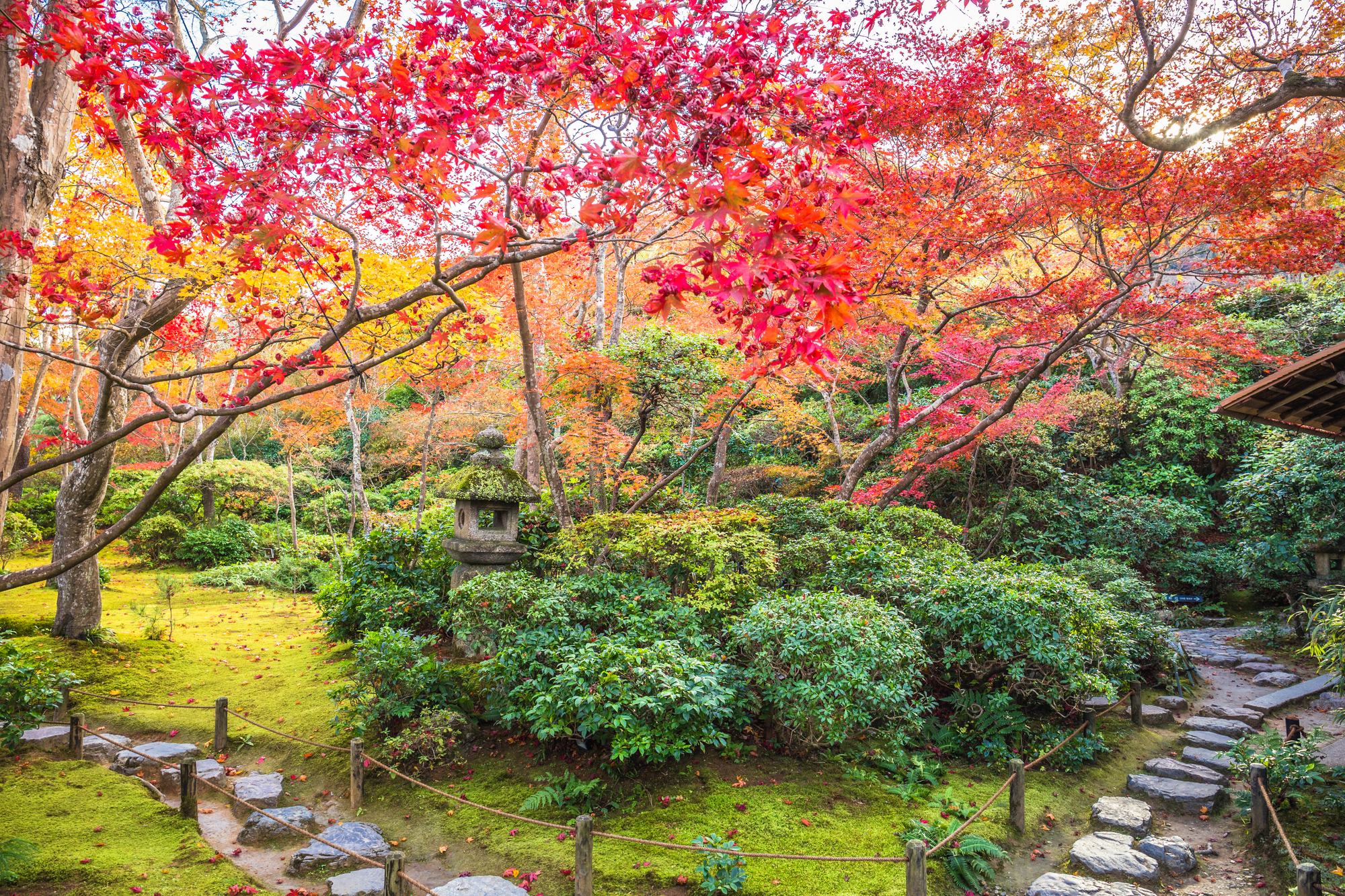
Tucked away among Arashiyama’s bamboo forests sits this private estate – once home to famous silent film actor Denjiro Okochi. The somewhat steep entrance fee naturally deters casual sightseers, which means you’ll enjoy relative solitude while exploring its seasonal beauty.
Entry comes with traditional matcha and a sweet treat, ideally savored from the veranda – where Kyoto’s distant skyline unfolds before you.
Shisen-do Temple

Despite its modest size of just six tatami mats, this temple boasts an extraordinary dry landscape garden featuring 120 camellia varieties. Former warrior and poet Ishikawa Jozan constructed this 17th-century sanctuary – his personal refuge for thought and reflection.
It’s remained largely off the tourist radar, which means genuine tranquility awaits those making an effort to find it.
Like Travel Pug’s content? Follow us on MSN.
Philosopher’s Path in Early Morning
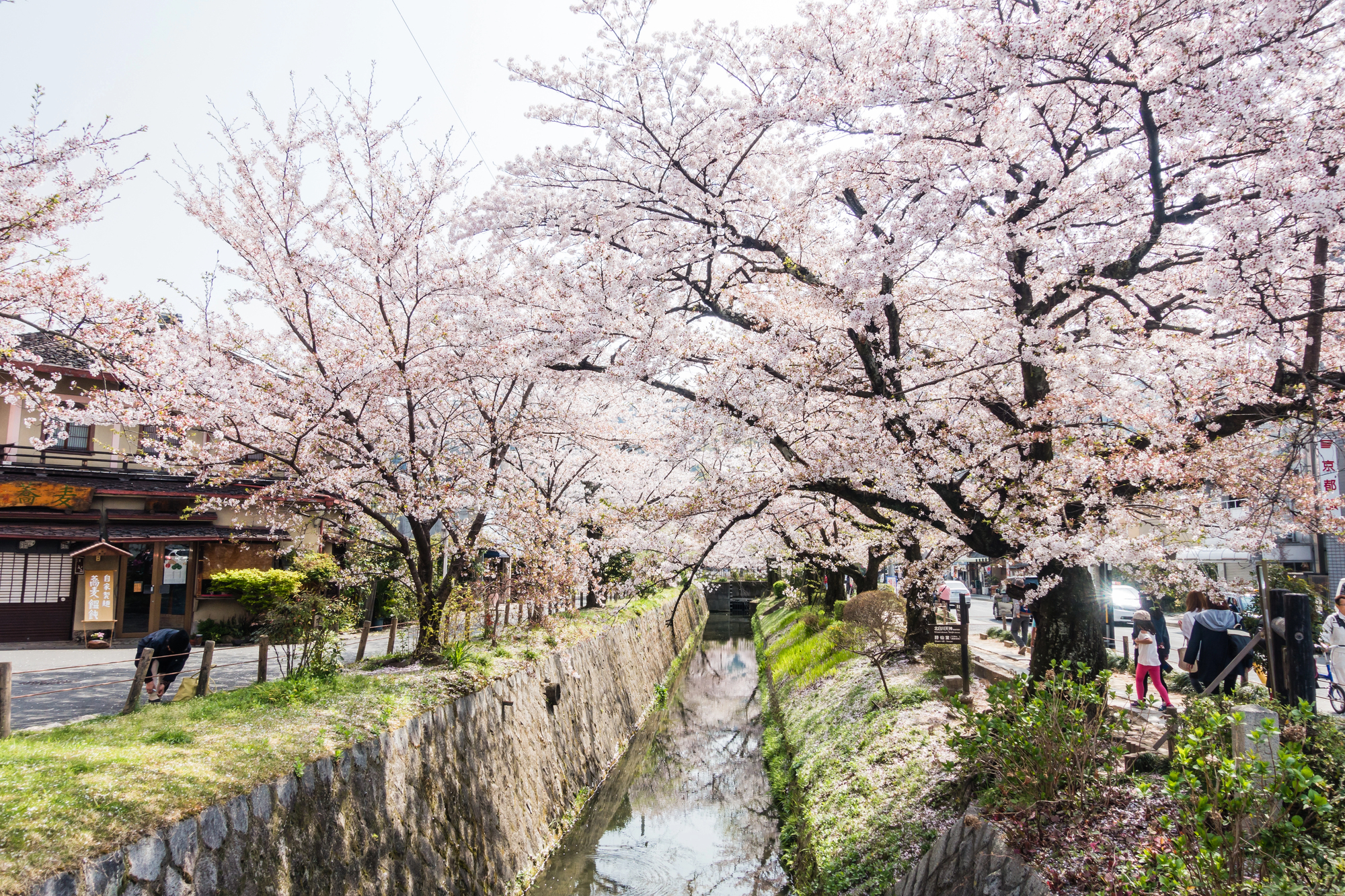
Though bustling during regular hours, the Philosopher’s Path transforms dramatically before 7 AM – becoming an oasis of calm. This two-mile stone path meanders alongside a peaceful canal, connecting various temples through a natural archway of cherry trees.
Early visitors reap the rewards: misty dawn light and nature’s subtle soundtrack – running water, birdsong, and leaves rustling in the breeze.
Kyoto Botanical Gardens
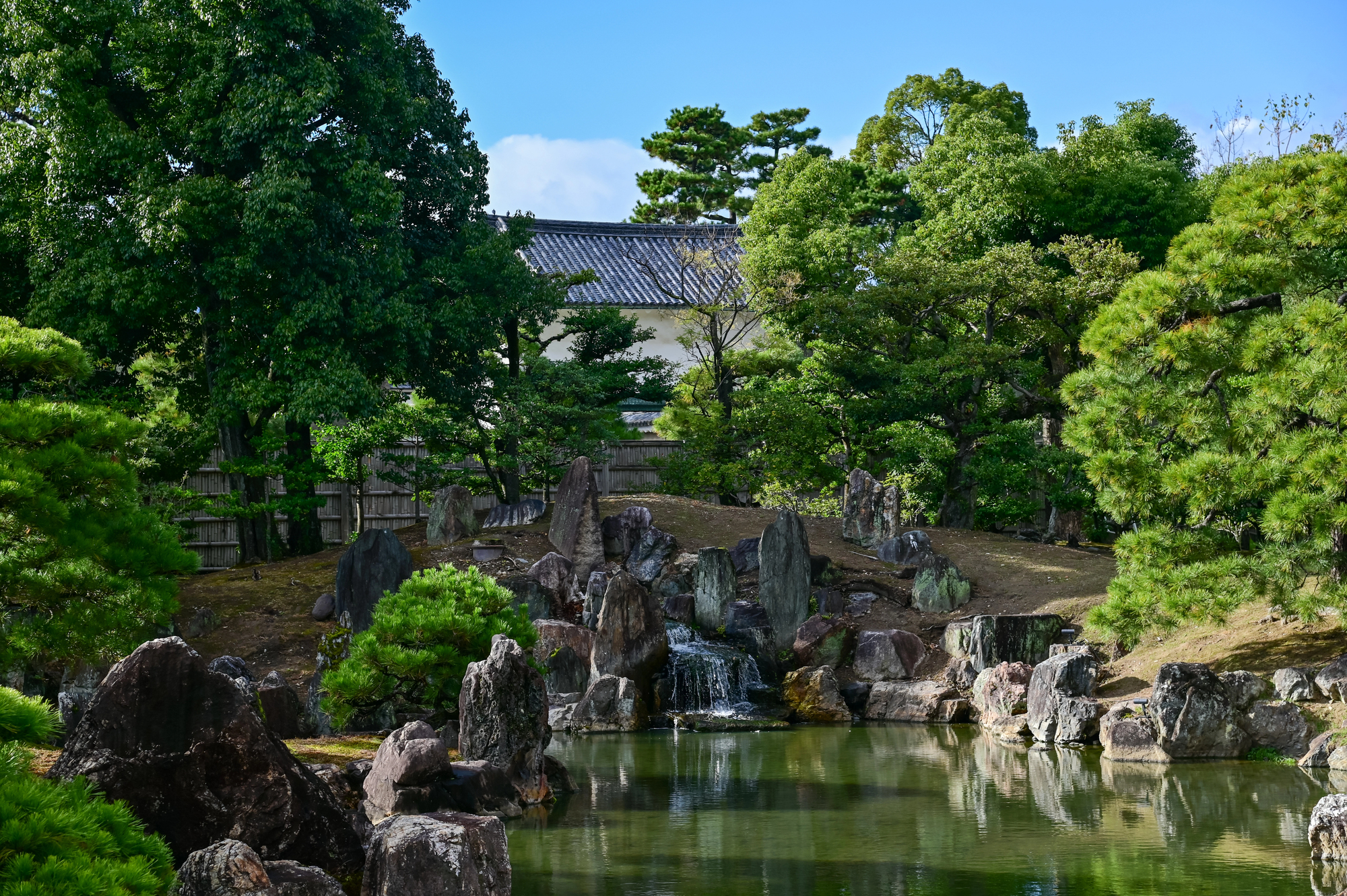
Extending across 240 acres, these extensive grounds offer countless secluded spots away from other visitors. The indoor conservatory shelters tropical specimens that flourish year-round – while outdoor areas display Japan’s native flora in thoughtfully designed settings.
Weekday mornings tend to be quietest; you might even discover entire sections completely deserted.
Gioji Temple
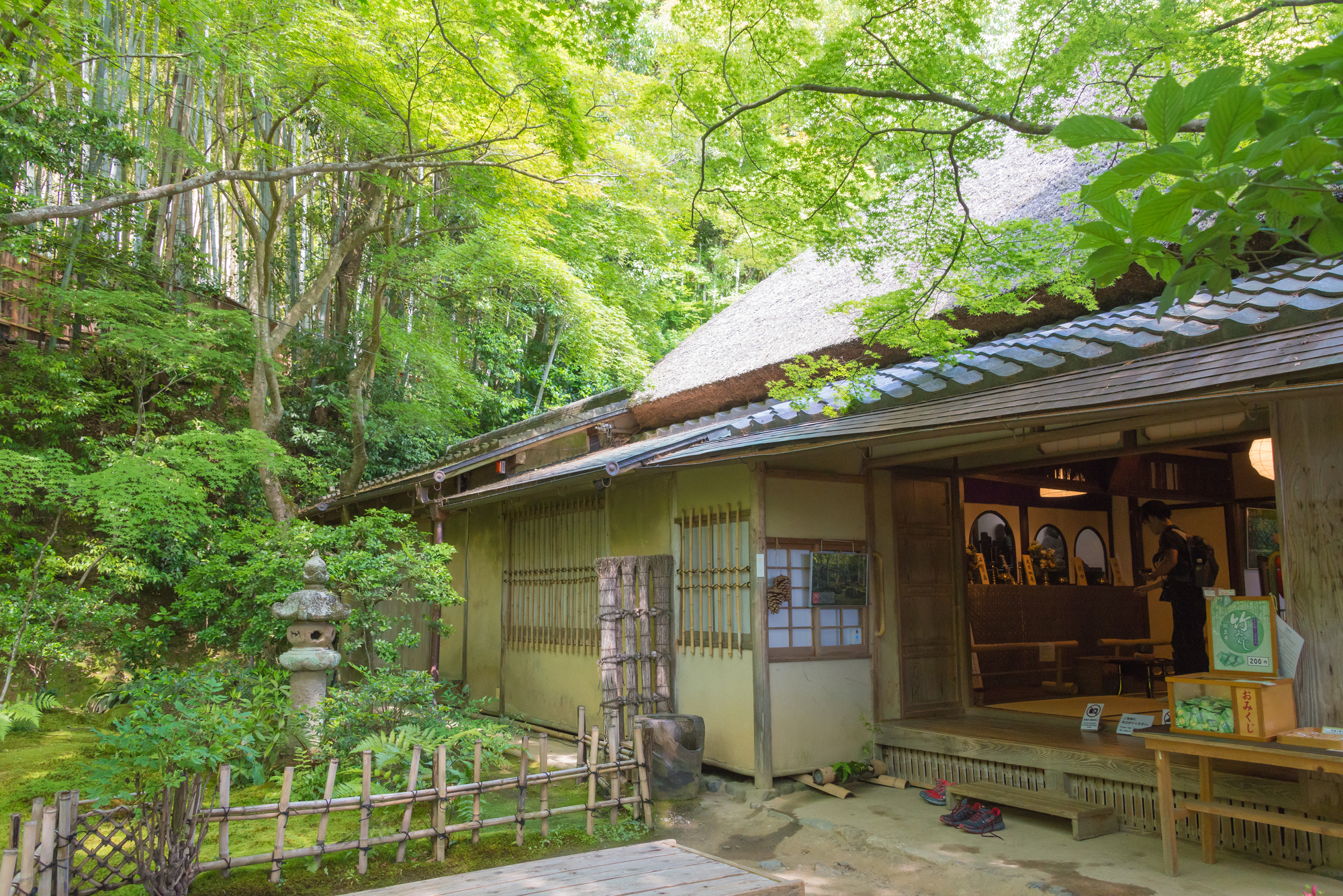
Walking through Gioji’s moss garden feels like entering a storybook landscape – its verdant carpet comprises over 100 moss species. This unpretentious thatched temple narrates the touching tale of five court ladies who abandoned royal life to become Buddhist nuns.
A modest entrance fee of ¥300 ($2) – affordable yet sufficient to deter most tour groups – helps maintain the site’s peaceful ambiance.
Like Travel Pug’s content? Follow us on MSN.
Tofuku-ji Hojo Garden
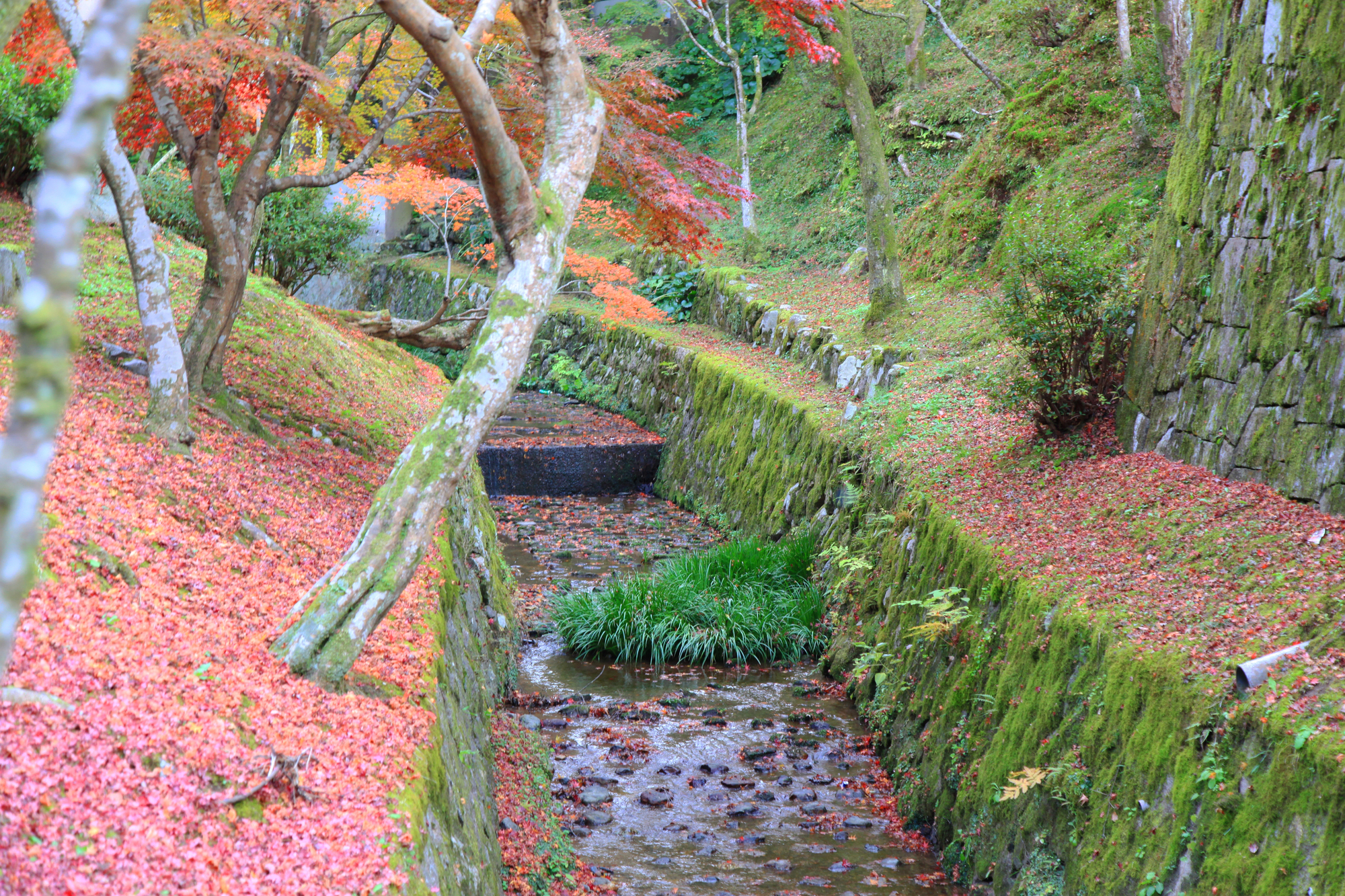
The main areas of Tofuku-ji draw autumn crowds, yet the Hojo gardens remain oddly peaceful throughout the year. Four distinct Zen gardens encircle the abbot’s residence – each symbolizing different natural elements through minimalist stone arrangements.
Summer visits – when most tourists chase maple leaves at other locations – virtually guarantee these masterworks of Zen aesthetics all to yourself.
Daitoku-ji Temple Complex
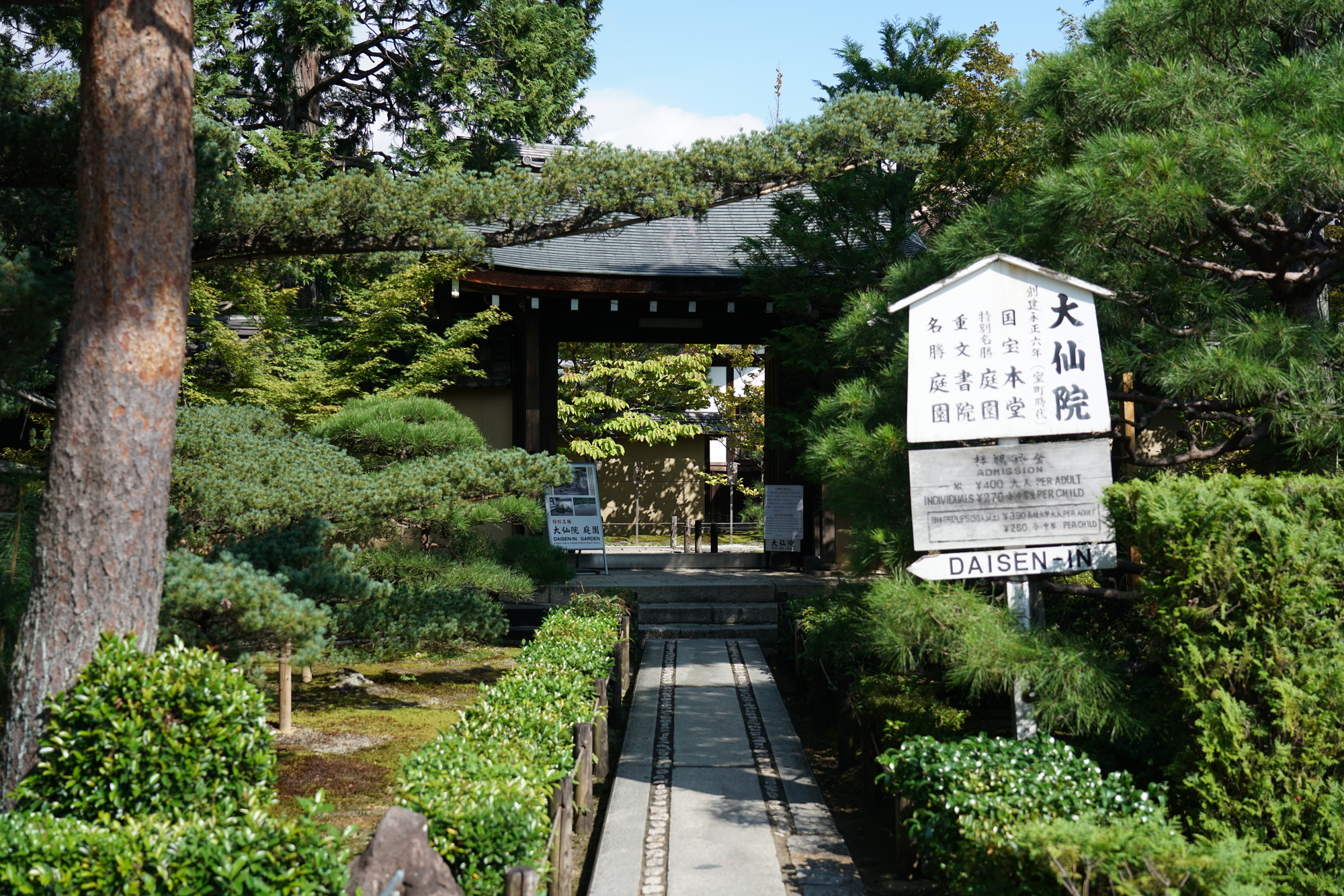
This walled religious compound encompasses 23 sub-temples, each featuring gardens designed for deep contemplation. Many sections remain permanently closed to outsiders – creating natural buffers between the few areas accepting visitors.
The stark beauty of temples like Daisen-in naturally inspires hushed tones; visitors instinctively lower their voices when surrounded by such profound serenity.
Kurama-dera Mountain Temple
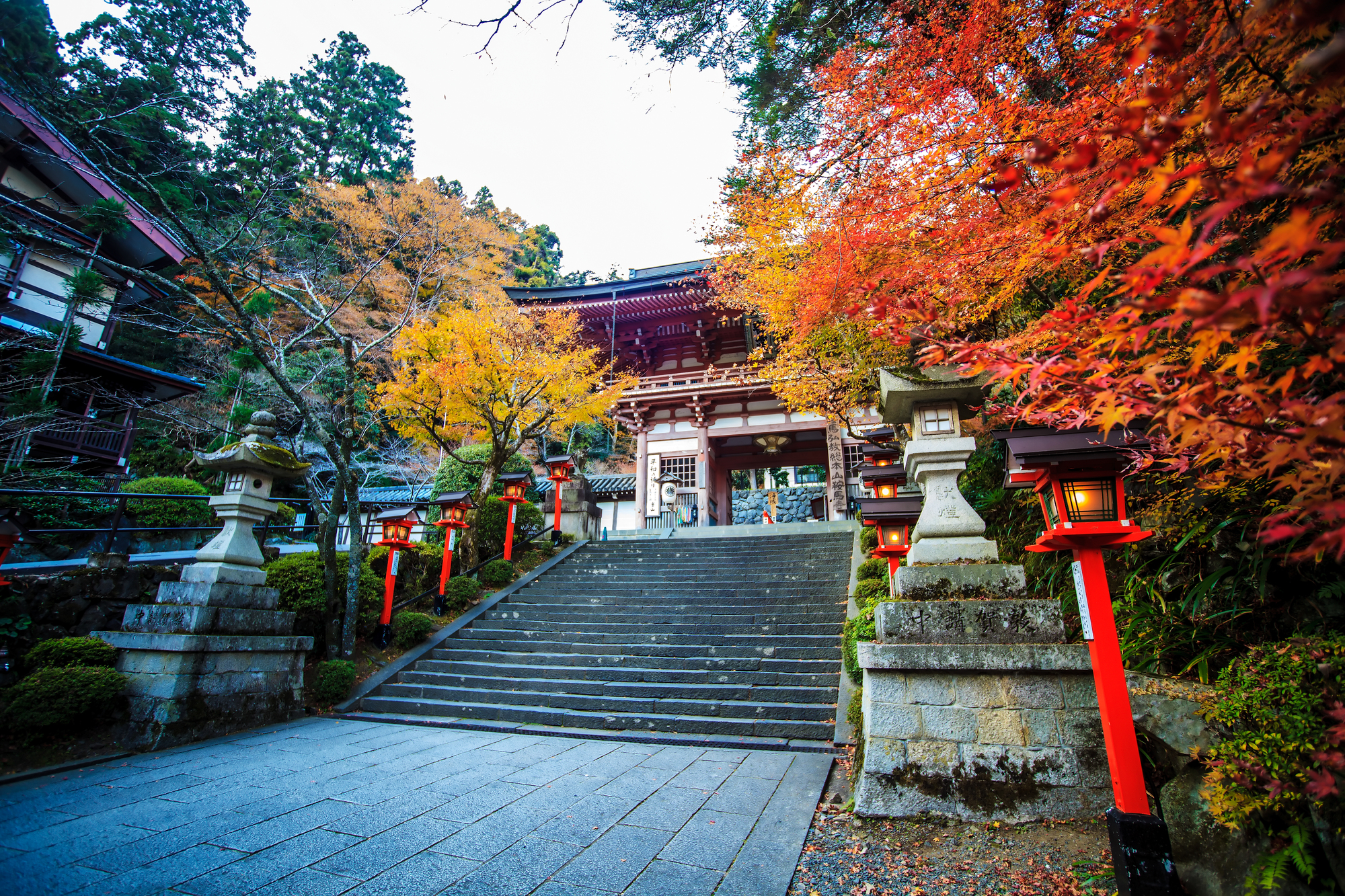
A one-hour train journey from downtown Kyoto brings you to this elevated sanctuary surrounded by ancient cedar trees. The challenging uphill trek naturally limits casual tourism, rewarding determined visitors with sweeping vistas and genuine quiet.
Its connections to esoteric Buddhist practices and energy sites attract thoughtful spiritual seekers who maintain the contemplative environment.
Like Travel Pug’s content? Follow us on MSN.
Shugakuin Imperial Villa

Perched on Kyoto’s eastern hillsides, this imperial getaway commands magnificent city views. Strict visitor quotas and mandatory guided tours ensure tranquility despite its reputation.
The property comprises three separate garden areas linked by walkways – each carefully positioned to capture specific aspects of natural splendor.
Enkoji Temple
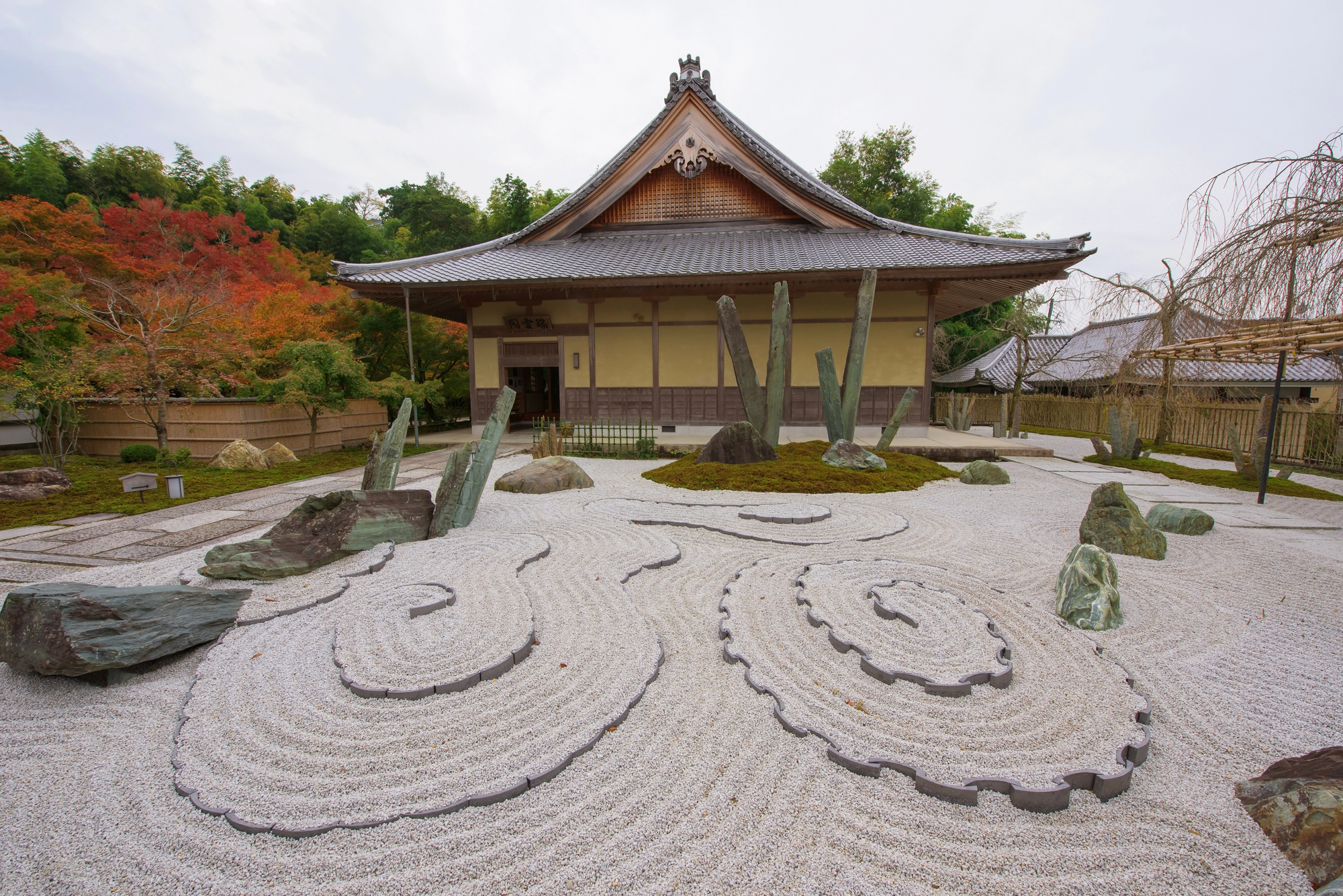
This lesser-known treasure north of the Silver Pavilion contains a small but exquisite Zen garden best viewed from its wooden platform. During autumn, the temple’s maples form a crimson canopy against the stone garden, drawing photographers who value solitude.
Summer visits offer cool refuge among lush moss without the accompanying tourist throngs that descend during peak seasons.
Honen-in Temple
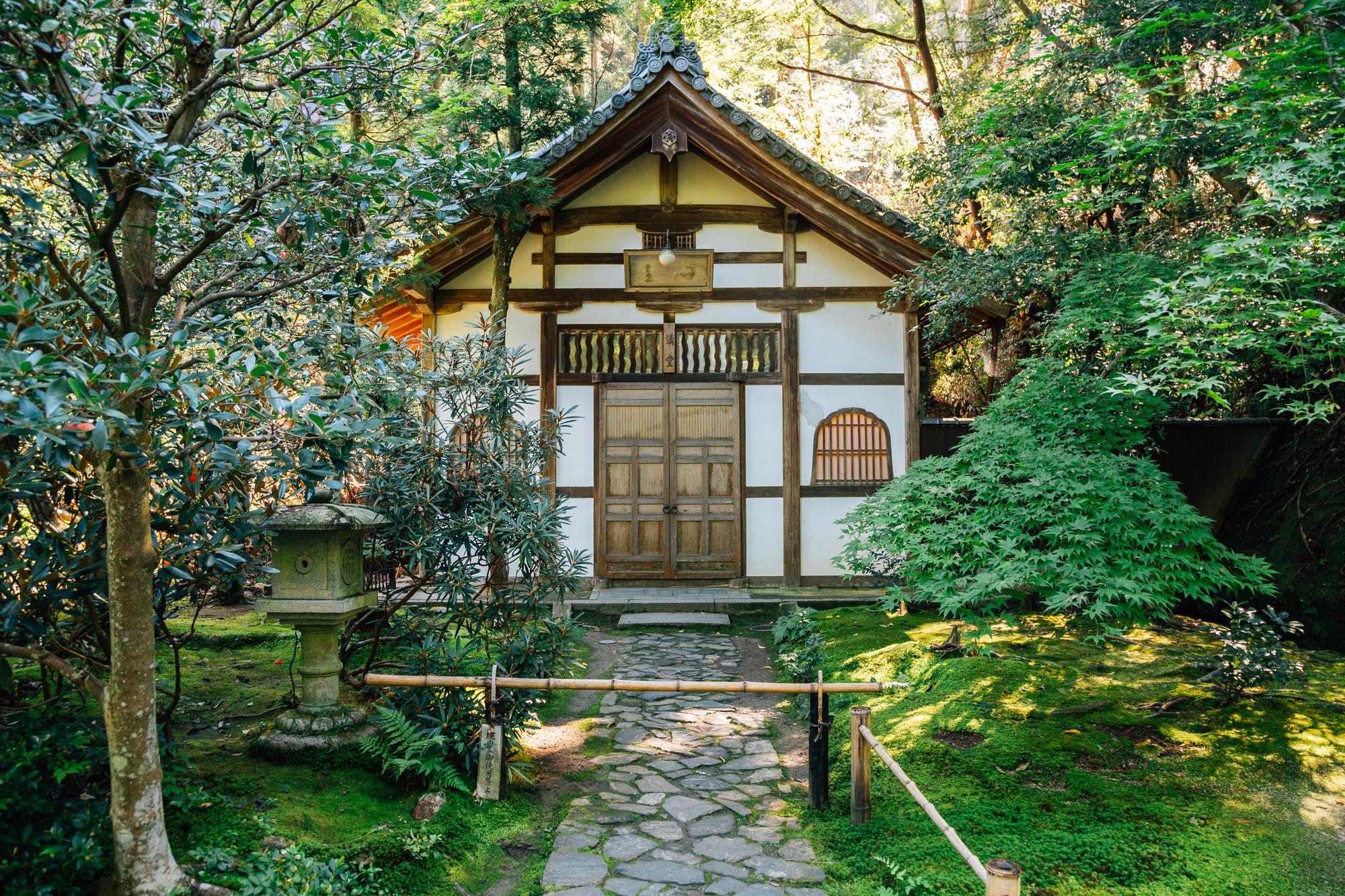
Passing through the moss-covered gate of Honen-in instantly transports visitors away from everyday concerns. Sand mounds near the entrance display seasonally changing patterns, forming temporary art that encourages mindfulness.
Though admission remains free, this temple somehow escapes the crowds that swarm nearby Ginkaku-ji, creating a tranquil pocket amidst a touristy area.
Like Travel Pug’s content? Follow us on MSN.
Kyoto Imperial Palace Park

This vast green expanse encircles the Imperial Palace, with broad lawns and gravel walkways ideal for morning strolls. Its considerable size ensures finding personal space away from others remains easy.
Locals gather here for tai chi practice or quiet sketching sessions, forming an unspoken community united by an appreciation for stillness despite being centrally located within the bustling city.
Kamo River Banks
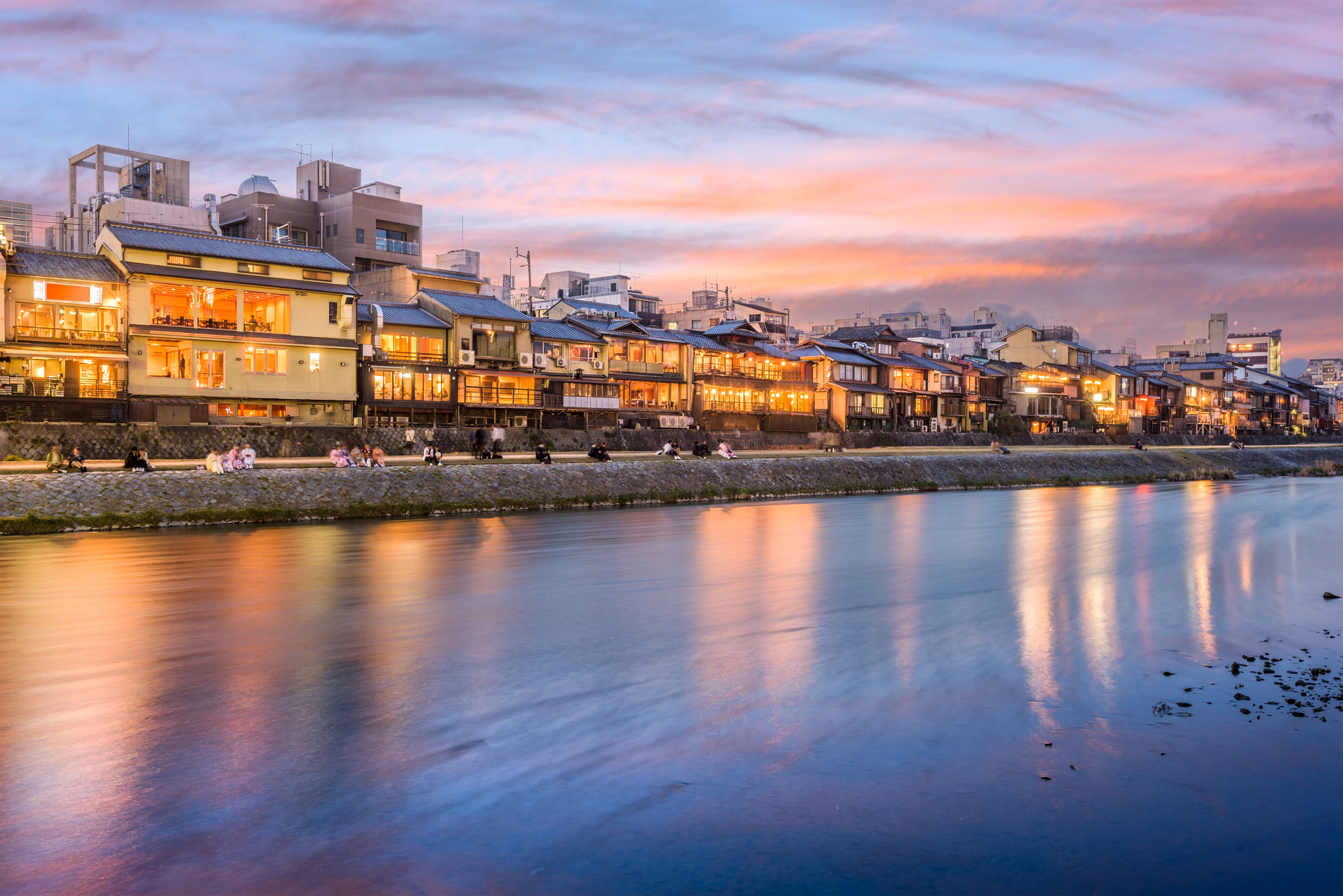
The stone-lined banks of the Kamo River offer simple rest areas perfect for watching the flowing waters. Natural river sounds effectively mask urban noise, particularly along northern sections distant from downtown areas.
Many locals have used these riverbanks as urban retreats for generations; visitors can join this tradition with a book or light meal while enjoying this accessible sanctuary.
Sanzen-in Temple in Ohara

A 40-minute bus ride from central Kyoto transports visitors to Ohara village, home to the stunning Sanzen-in Temple. Its garden has earned fame for moss-covered grounds that seem luminous regardless of weather conditions.
Arriving at opening time (8:30 AM) allows for experiencing these magical surroundings before tour buses deliver crowds mid-morning.
Like Travel Pug’s content? Follow us on MSN.
Finding Silence in the Ancient Capital

Kyoto’s quiet retreats offer more than a temporary respite from noise—they provide insight into Japanese cultural values emphasizing contemplation and natural harmony. These 15 sanctuaries showcase centuries of sophisticated design aimed at creating environments where visitors can rediscover internal calm.
Though Kyoto continues evolving alongside modern Japan, these peaceful havens remain accessible to travelers willing to venture beyond typical itineraries and embrace the profound quiet they offer.
More from Travel Pug

- Cities Growing so Fast You Won’t Recognize Them in 10 Years
- 13 Destinations Where Tourists Regularly Regret Their Trip
- 20 Obscure WWII Sites Even History Buffs Don’t Know About
- 10 Under-the-Radar Mountain Towns That Are Both Affordable and Beautiful
- Remote Villages in Europe Where You Can Live for Free in Exchange for Work
Like Travel Pug’s content? Follow us on MSN.
